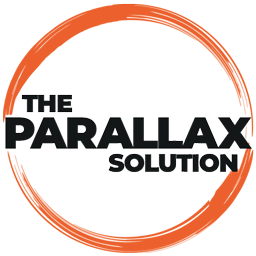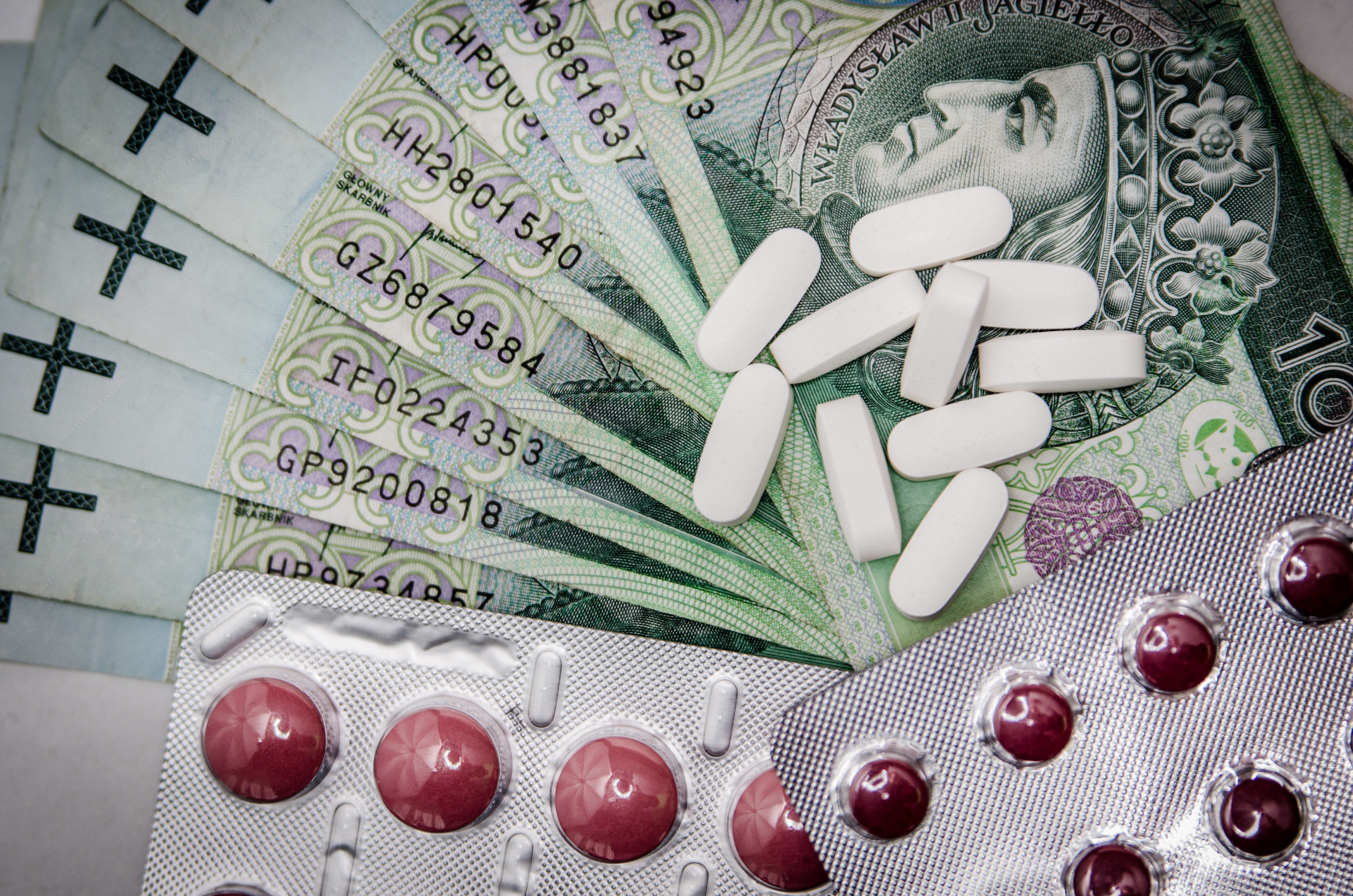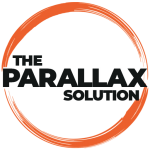Opioids are a type of narcotic that is highly addictive. This class of drugs includes pain relievers, such as hydrocodone, oxycodone, and fentanyl, as well as illicit drugs like heroin. While prescription opioids are considered safe to use when taken as directed, when opioids are abused they can be dangerous.
Medication misuse can involve taking another person’s prescriptions, buying prescriptions illegally, or taking medications more than directed. When opioids are abused, a person can become addicted quickly. Opioid addiction is formally known as opioid use disorder.
Opioid Abuse in America
The National Institute on Drug Abuse (NIH) reports that more than 130 Americans die each day from an opioid-related drug overdose. While the opioid epidemic has been taking over news headlines in recent years, opioid abuse hasn’t slowed down. The NIH estimates that 21 to 29 percent of patients who are prescribed opioids abuse them. Furthermore, between 8 and 12 percent develop an opioid use disorder. Sadly, approximately 4 to 6% of people who abuse prescription opioids later begin using heroin.[1]
The opioid epidemic has been labeled a public health crisis due to overprescribing practices, malicious marketing tactics, and staggering rates of opioid overdose deaths. However, despite the public outcry regarding opioid abuse, many Americans are still living with an opioid use disorder.
What is Opioid Use Disorder?
Opioid Use Disorder is defined by the problematic recurrent use of opioids in a dangerous manner. It can be fatal and is difficult to overcome without professional addiction services. In 2016, the Centers for Disease Control (CDC) estimated that nearly 2.1 million Americans had an opioid use disorder.[2]
The Diagnostic and Statistical Manual of Mental Disorders (DSM-5) has clearly laid out the criteria for the diagnosis of opioid use disorder. A person who experiences two or more of the following criteria within a one year period of time is said to suffer from opioid use disorder.[3]
- Opioids are taken in increasing amounts for an extended amount of time
- Persistent desire to cut down or control use accompanied by the inability to successfully do so
- Spending excessive amounts of time obtaining, using, or recovering from opioids
- Strong cravings or desires to use opioids
- Failure to meet obligations at work, school, or home due to recurrent opioid use
- Continued opioid use despite negative social or interpersonal consequences
- Giving up occupational or recreational activities due to opioid use
- Using opioids in a manner that is hazardous
- Continued opioid use despite negative physical or emotional consequences
- Development of tolerance towards opioids
- Experiencing withdrawal symptoms when opioids are not taken
These criteria can also be used to determine the severity of an opioid use disorder. Mild opioid use disorder is denoted by 2-3 symptoms, moderate is denoted by 4-5 symptoms, and severe opioid use disorder occurs when a person experiences 6 or more symptoms.
Signs of Opioid Use Disorder
When a person initially begins abusing opioids, he or she may be able to hide their substance abuse. However, as opioid use disorder progresses, as it usually does, the signs and symptoms become more evident. Although the exact signs and symptoms of opioid use disorder may vary from person to person, there are some behavioral, physical, and cognitive symptoms to look for.
Behavioral Symptoms:
- Obtaining multiple prescriptions from different doctors (doctor shopping)
- Lying about pain to get more opioids
- Poor work or school performance
- Isolating from friends ad family
- Stealing medications, money, or possessions
- Mood swings
- Risky behaviors
Physical Symptoms:
- Changes in appearance and lack of personal hygiene
- Constricted pupils
- Increased itching
- Nausea
- Poor motor skills
- Lack of concentration
- Constipation
- Pale or clammy skin
- Seeming increasingly tired or drowsy
Cognitive Symptoms:
- Impaired judgment
- Poor decision making
- Irritability
- Depression
- Slowed thinking
- Confused speech
If a person displays any or all of these symptoms and is abusing opioids, he or she likely has an opioid use disorder. Since opioid use disorder is terribly difficult to overcome alone, seeking luxury drug rehab counseling for opioid addiction is essential.
Treating Opioid Use Disorder
Dr. Stephen Henriques is an elite recovery coach that helps people with opioid use disorders to live a life free from addiction. He believes in helping clients change their thinking and behaviors to overcome opioid use disorders.
“Receiving expert-level clinical care in a comfortable setting is not offered anywhere else. Dr. Henriques is certified as a California State Certified Drug and Alcohol Counselor II (CADAC II), and fully New York State Credentialed Alcohol and Substance Abuse Counselor. He holds a Bachelor’s degree in Psychology from (CASAC)Clark University and a Master of Education from Manhattanville College. And, one of the few Doctorate level recovery coaches to hold a doctorate in Psychology.”
The PARALLAX Solution offers unparalleled luxury drug rehab and concierge counseling services. This unique approach not only tackles the underlying causes of addiction, but it helps clients feel better fast. In addition, it uses an individualized approach to abstinence and recovery. If you or a loved one is ready to give up opioids for once and for all, reach out to us today.
References:











